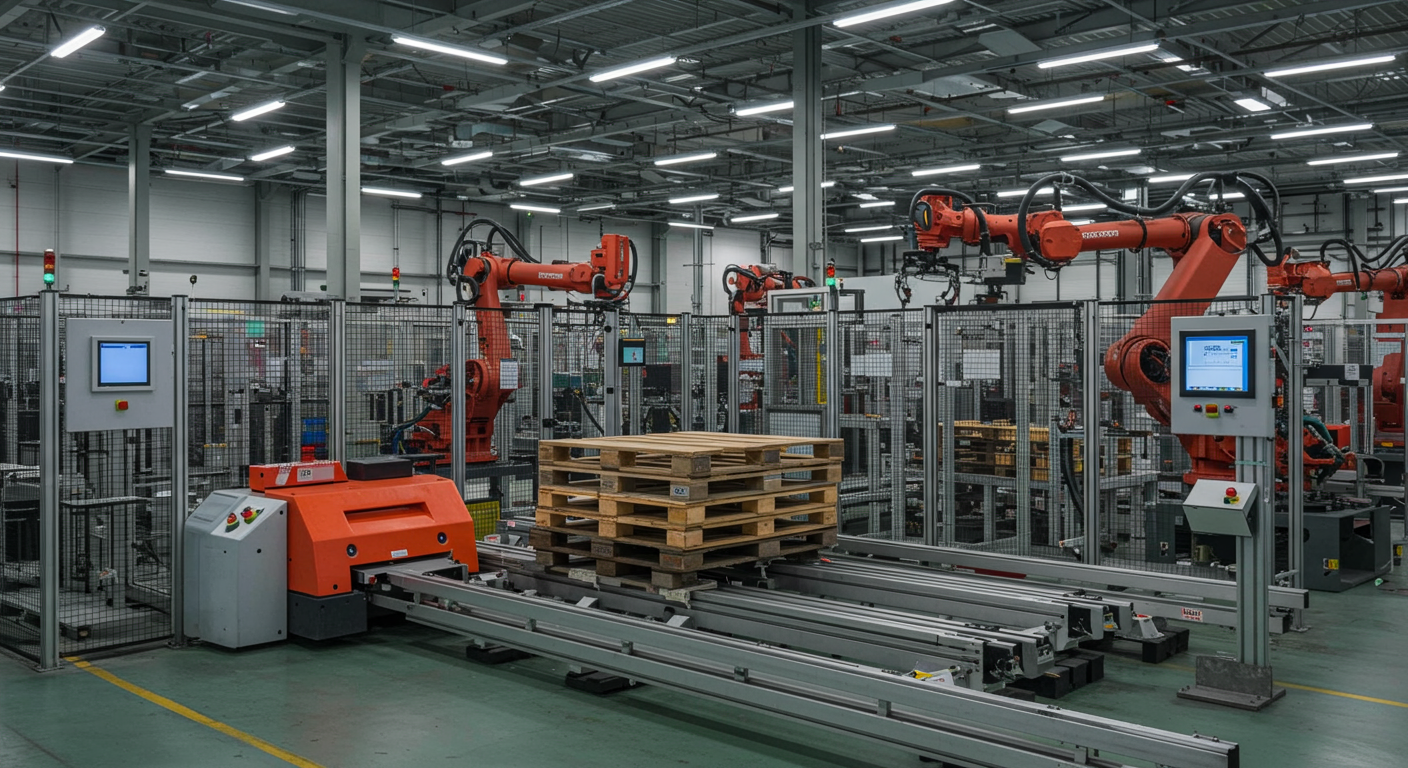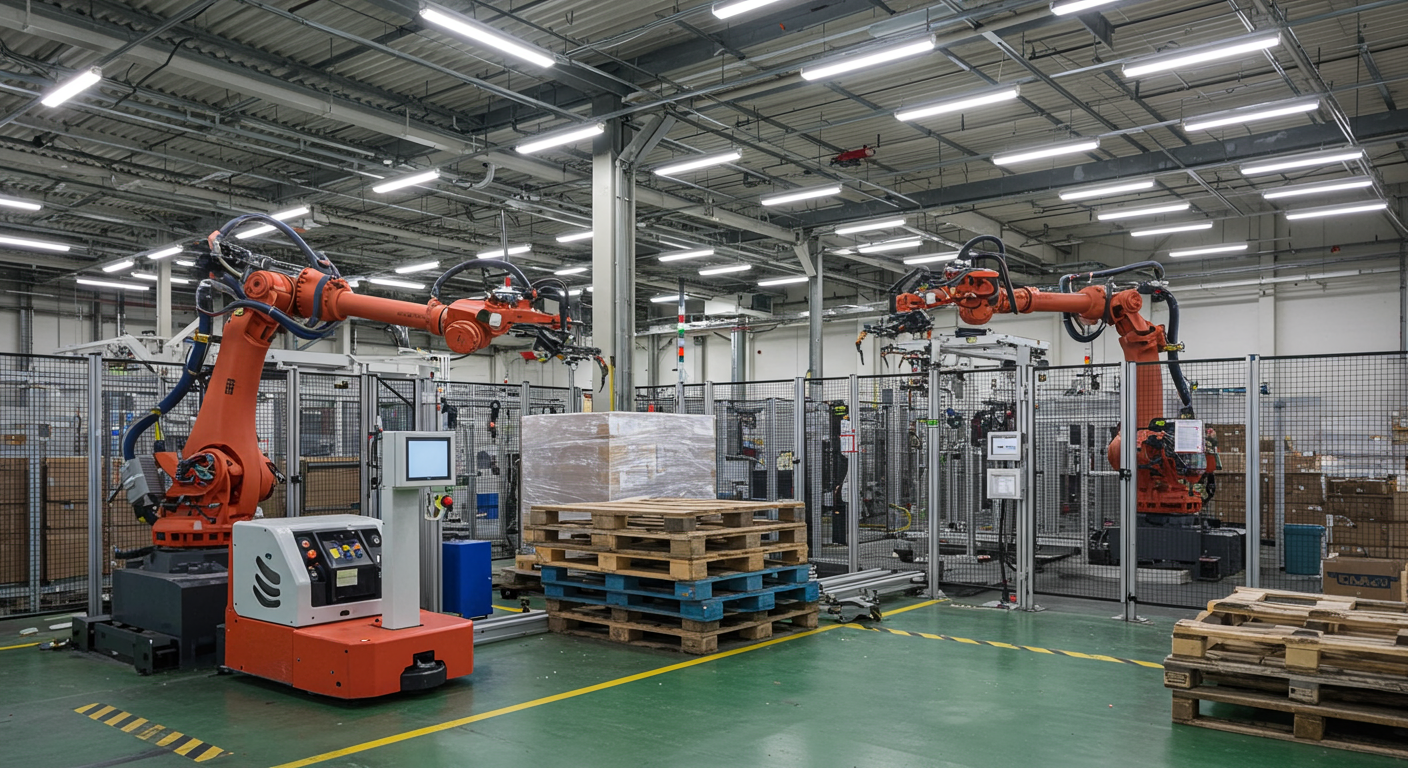- Introduction
- Identifying the Root Causes of Financial Downturns
- Streamlining Production Processes for Cost Efficiency
- Implementing Advanced Quality Control Measures
- Leveraging Technology and Automation
- Restructuring Organizational Hierarchies
- Developing Resilient Supply Chain Strategies
- Employee Training and Change Management
- Securing Emergency Financing and Grants
- Measuring Success: Key Performance Indicators
- Long-Term Growth Planning and Risk Mitigation
- Conclusion
1. Introduction
In an industry marked by tight margins, global competition, and constant innovation, manufacturing firms can face sudden downturns that threaten their very existence.
Whether triggered by supply chain disruptions, raw material price spikes, quality recalls, or shifts in customer demand, financial losses demand swift, strategic actions. This case study examines how several manufacturing companies identified underlying problems, optimized processes, and emerged stronger than before.
By exploring ten critical recovery strategies—from root-cause analysis and cost-saving measures to technology adoption and risk mitigation—this article offers practical insights for any manufacturer seeking to rebound and achieve sustainable growth.

2. Identifying the Root Causes of Financial Downturns
Before any corrective action, leadership teams must pinpoint the exact factors driving losses. Extensive data reviews of production logs, sales reports, and supplier invoices reveal patterns that might otherwise remain hidden.
Bringing together cross-functional teams from finance, operations, procurement, and quality control helps ensure a holistic perspective on the crisis. In one automotive parts plant, for example, rising defect rates coincided with a new supplier contract.
By tracing defects back to material inconsistencies, the company avoided costly warranty claims and rebuilt its profit margins.
3. Streamlining Production Processes for Cost Efficiency
Once the root causes are clear, companies often find immediate savings by refining workflows. In one electronics manufacturer, production lines were rearranged to reduce material handling time and eliminate redundant inspections.
This reconfiguration cut labor hours by 15 percent and boosted throughput without compromising quality. In another case, a plastics producer renegotiated equipment maintenance schedules to minimize unplanned downtime.
The resulting increase in machine availability translated to higher output and a healthier bottom line.

4. Implementing Advanced Quality Control Measures
Reactive quality checks can miss critical defects until it’s too late, leading to expensive recalls and brand damage. Adopting proactive quality control, such as in-line sensors and real-time data analytics, allows teams to catch deviations before they escalate.
A food packaging facility that installed vision-inspection systems on its filling lines saw a dramatic drop in misfills and packaging leaks. With fewer customer complaints and returns, the plant regained market share and reinforced trust with major retail partners.
5. Leveraging Technology and Automation
Automation isn’t just about robots on the factory floor; it’s about integrating digital tools across the enterprise. Sophisticated ERP platforms can connect procurement, inventory management, production scheduling, and shipping, creating end-to-end visibility.
In one aerospace components firm, adding automated guided vehicles (AGVs) to move materials reduced forklift accidents and sped up internal logistics.
Meanwhile, implementing machine-learning algorithms on production data uncovered hidden correlations between machine settings and part failures. These insights drove further adjustments that enhanced yield rates.

6. Restructuring Organizational Hierarchies
Crisis often exposes rigid hierarchies that slow decision-making. Progressive manufacturers who flatten their structures empower frontline employees to suggest improvements and respond to issues in real time.
In a heavy machinery plant, creating cross-functional “rapid response teams” meant quality engineers, maintenance technicians, and line supervisors met daily to tackle emerging problems.
This approach slashed the average time to resolve defects from days to hours, preserving productivity and morale simultaneously.
7. Developing Resilient Supply Chain Strategies
Global disruptions—from natural disasters to geopolitical tensions—can interrupt a single source and derail production entirely. Forward-thinking manufacturers diversify suppliers and build regional safety stocks to insulate against shocks.
One electronics assembler introduced dual sourcing for critical semiconductors, splitting orders between two vetted vendors. When one supplier faced a factory fire, the backup seamlessly filled orders, preventing production stoppages.
Another company established partnerships with local logistics providers to expedite last-mile delivery during port congestion.

8. Employee Training and Change Management
New processes and technologies succeed only if the workforce embraces them. A leading consumer appliance maker rolled out a comprehensive training program combining hands-on workshops with digital learning modules.
Supervisors coached teams on lean manufacturing principles, and employees earned certifications as process improvement specialists. By involving staff in pilot projects and celebrating small wins, leadership fostered a culture of continuous improvement.
Engagement surveys showed a 20 percent rise in employee satisfaction, reinforcing the link between training and performance.
9. Securing Emergency Financing and Grants
When losses threaten liquidity, securing short-term capital is critical. Manufacturers often tap government grants aimed at supporting industry innovation or apply for low-interest loans from development banks.
One mid-sized metal fabricator received a resilience grant that financed the purchase of energy-efficient furnaces, cutting utility costs by 30 percent.
Another company negotiated extended payment terms with its main creditors while presenting a detailed turnaround plan. This buy-in from financiers bought precious time for operational fixes to take effect.

10. Measuring Success: Key Performance Indicators
To ensure recovery efforts gain traction, companies establish clear metrics aligned with strategic goals. Typical KPIs include overall equipment effectiveness (OEE), defect rates per million opportunities, inventory turnover, and on-time delivery rates.
A pharmaceutical manufacturer tracked cycle times for critical processes and compared them weekly against targets. When performance dipped, cross-functional teams reviewed root-cause analyses and updated action items.
This disciplined approach turned vague aspirations into measurable progress, sustaining momentum throughout the turnaround.
11. Long-Term Growth Planning and Risk Mitigation
Once stability returns, executives must guard against future downturns by embedding resilience into every aspect of the business. Scenario planning exercises help anticipate market shifts, supply chain disruptions, or regulatory changes.
In the heavy equipment sector, companies launched innovation incubators to explore digital services, after-sales platforms, and predictive maintenance offerings.
By diversifying revenue streams and investing in R&D, these manufacturers secured competitive advantages and mitigated concentration risks.

12. Conclusion
Recovering from major losses in manufacturing demands a blend of analytical rigor, operational agility, and strategic foresight. From root-cause identification and cost-efficient process improvements to advanced quality controls, automation, and resilient supply chains, the road to recovery is multifaceted.
Equally important are empowered teams, robust financing solutions, and data-driven performance tracking. By institutionalizing lessons learned and planning for the unexpected, manufacturers can not only bounce back from financial setbacks but also build stronger, more adaptable enterprises ready for future challenges.
